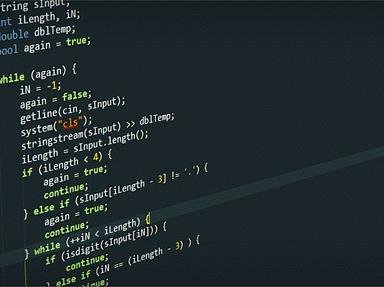Quiz Answer Key and Fun Facts
1. Two one-byte registers contain 10110110 and 01001010. What would be the result of an addition operation between the two registers? The result is also placed into a one-byte register. And what would be the resulting state of a carry flag?
2. A computer can shift bits left or right in a register. A one-byte register with 00110100 would contain 01101000 after a left bit-shift. What is this doing to the value stored in that register?
3. When a computer shifts bits left in a one-byte register, it uses the carry flag as a ninth bit, to capture any overflow. What would be the result of four left bit shifts on a register containing 00101011?
4. When a computer shifts bits right, it can use the carry flag as an placeholder for that extra bit, to capture the rightmost bit as it is shifted out of the register to the right. What do you think another nickname for this flag is when used this way?
5. Computers like to be logical. Another type of operation between two registers is a bit-wise AND operation. What would be the result of a bit-wise AND between 01101110 and 01010101?
6. What do you think the result of a bit-wise OR operation between 01101110 and 01010101 would be?
7. The folks who designed computers wanted to represent both positive and negative values in a register. They wanted a scheme where addition operations have correct results without getting fancy. Can you recognize which of the following schemes is used almost exclusively to represent negative values? A positive and its negative example are shown for each method.
8. You may have noticed when using two's complement to represent negative values, the leftmost bit in the register actually represents something specific. What does it represent?
9. Given two one-byte registers containing 01011000 and 00110000, what kind of result would you have by adding them together?
10. This quiz has been using one-byte registers throughout. What is the common term used to describe computers with processors using registers of this size?
Source: Author
PJMayo
This quiz was reviewed by FunTrivia editor
crisw before going online.
Any errors found in FunTrivia content are routinely corrected through our feedback system.
